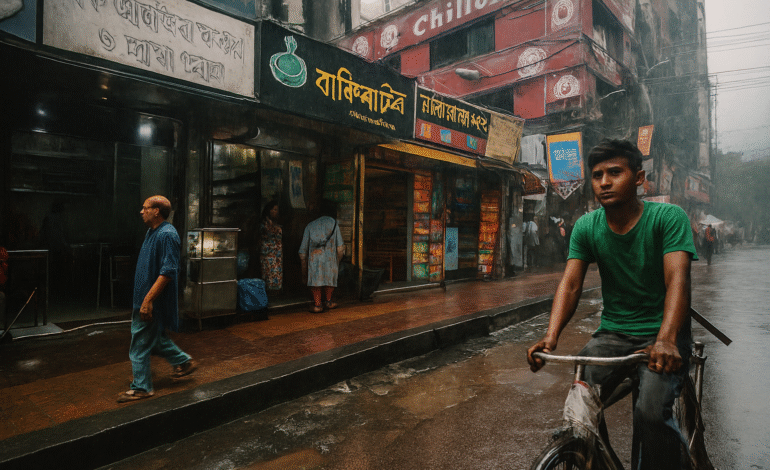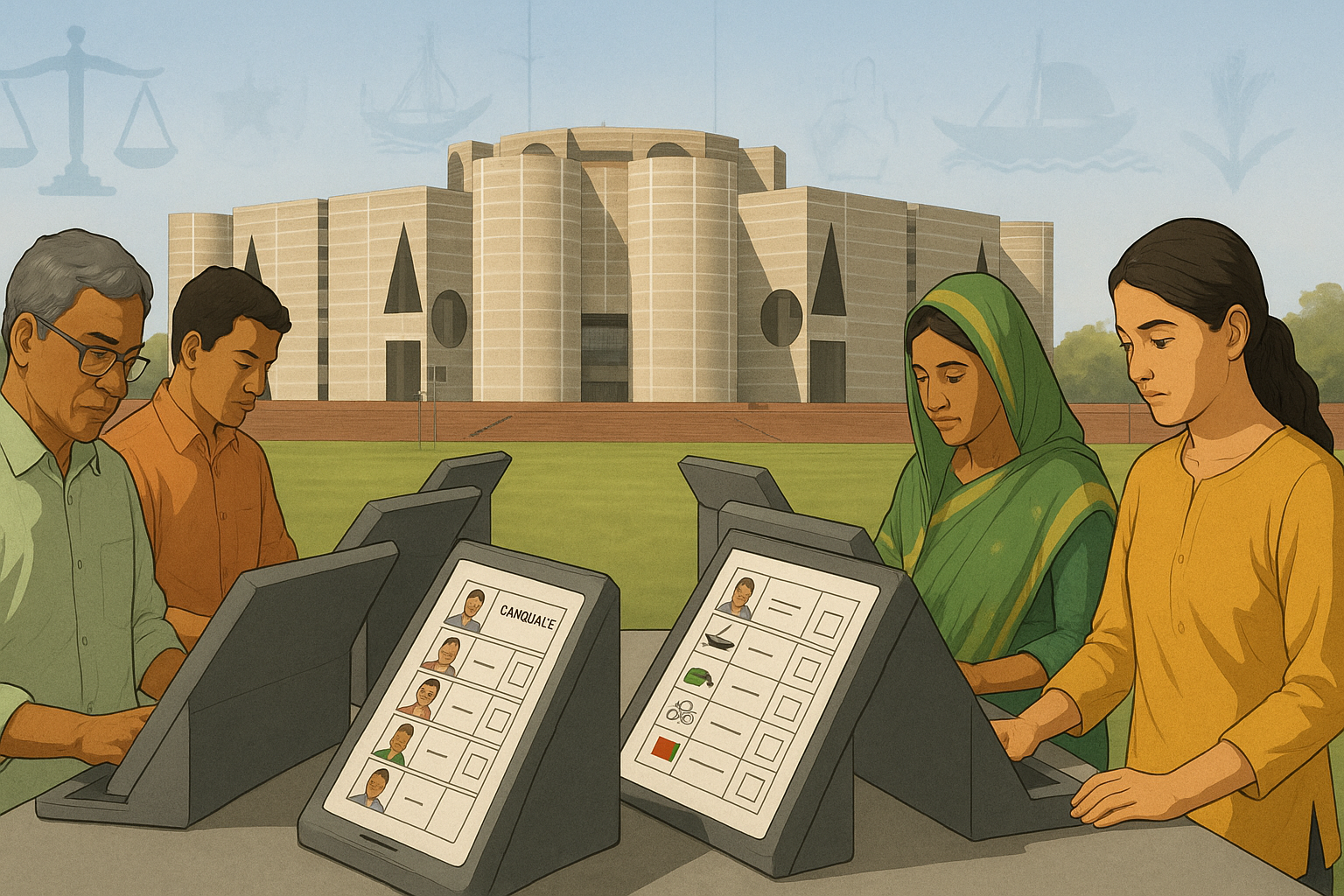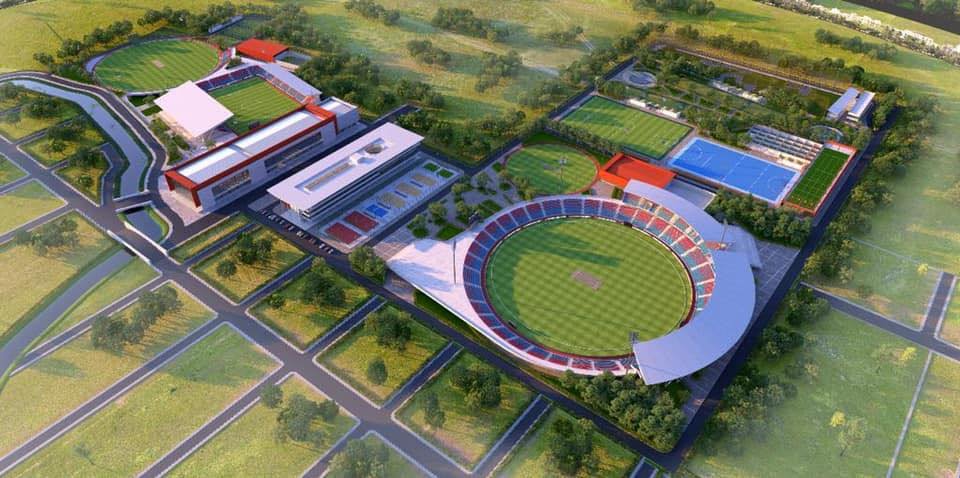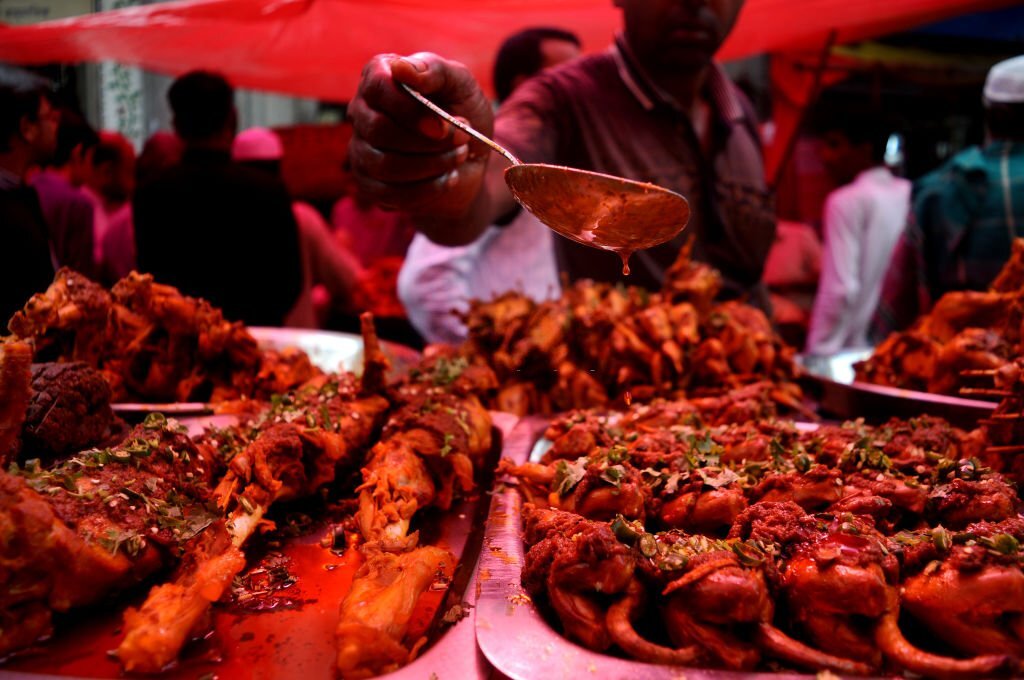The Charm of Bailey Road: From Cultural Heart to Food Haven

Bailey Road: Theatre Street to Capital’s Hottest Food Destination
Once the cultural centre of Dhaka, Bailey Road in Dhaka now pulses with nightlife, cafés, and street food stalls. What began as the theatrical nerve centre of the capital has gradually shifted identity — morphing into a bustling food and entertainment corridor. As one longtime resident lamented, “today’s Bailey Road hardly resembles what we saw in the ’70s and ’80s.”
Walking along Bailey Road in the evening, you’ll be met not by rehearsals or actors in costume, but by aromas of kebab, soup, fuchka, and grilled morsels. This isn’t to say the area has lost its charm — but its character is decisively changing. Below, we explore how Bailey Road is evolving, what has been lost, and what still makes it a vibrant urban landmark.
The Historic Pulse: Bailey Road’s Cultural Roots
The history of Bailey Road begins in colonial times, named after Sir Steuart Colvin Bayley, Lieutenant-Governor of Bengal. Over decades, as Dhaka’s theatre movement gained momentum, the road came to be known as Natok Sarani (Theatre Street).
After Bangladesh’s independence, Bailey Road became the cradle of post-1971 theatre. Groups like Nagorik Natya Sampradaya staged the earliest public Bengali dramas, often in modest auditoriums or even open courtyards. The area’s sidewalks would host actors discussing plays between shows — theatre culture was alive in every nook.
Over time, institutions like the Guide House Auditorium and Mahila Samiti became permanent venues for drama performances. The street was bookended with bookstores, coffee houses, rehearsal spaces, and gathering spots for writers, critics, and artists. Then came a twist: modern commercial pressures, real estate, and consumer demand brought restaurants and shops—first quietly, then aggressively.
The Shift: Food Trumps Drama
Today, when many think of Bailey Road, they picture cafés, eateries, and food carts — not theatre posters or rehearsal halls. The feature notes this shift: “for today’s young crowd, Bailey Road means cafés, restaurants, and street food.”
Sidewalks once dedicated to gathering, walking, or artistic exchange are now lined with food stalls. Night after night, crowds form around Dhakaiya Kabab carts, soup vendors, and chatpati stands. Perhaps the most iconic among them is Dhakaiya Kabab, a shop operating near Viqarunnisa Noon School. Established in 1991, it still maintains consistent quality — serving kebabs, soups, chaps, gila-kolija, and luchis at affordable prices.
In front of Natok Sorani (the renamed portion of Bailey Road), you’ll find the “Theatre Corner” bookstore, once a literary hub, now often overshadowed by the scent of grilled meat and spices. A regular visitor shares memories: “My wife and I used to walk along this road every evening … now I pass by strangers and smells.”
Street Food Legends & Local Favorites
The food scene on Bailey Road mixes tradition and novelty. One of the old favorites—the Dhakaiya Kabab stall—remains popular among students, office workers, and night wanderers. It has survived despite many newcomers, maintaining trust, cleanliness, and nostalgia.
Then there are newer carts offering fuchka, chotpoti, kebabs, soup, momos and fusion snacks. One observer wrote, “Bailey Road Street Food till Sheheri … the taste of Bailey Road street food,” highlighting how midnight appetites keep the area alive.
Videos and travel blogs frequently highlight Bailey Road as a must-visit for street food lovers. A walking tour shows diverse stalls selling Turkish kebabs, local skewers, fast food, and desserts — evidence that Bailey Road now competes with iconic food streets across Asia.
“Dhaka is loaded with street food … Bailey Road … one of the street food spots.”
Thus, Bailey Road is now deeply associated with late-night food culture, appealing to youth and food tourists alike.
What Has Been Lost — Theatres, Bookstores & Artistic Space
With the expansion of cafés and restaurants, many theatre venues have struggled or relocated. The street that once hosted rehearsals and open-air discussions now echoes less frequently with applause. A professor of theatre recalls how the road used to be vibrant with actors chatting on stairs; that atmosphere now is rare.
Bookstores that once anchored literary life now struggle for visibility. Theatre magazines, playbills, posters — reminders of a more thoughtful era — are increasingly overshadowed by neon signs and menus.
The transformation isn’t merely aesthetic. The cultural infrastructure that supported performance arts has eroded. Spaces once reserved for rehearsal or small performances are swallowed by tenancy demands. Younger artists now often move to suburban studios or off-site venues.
Yet, the renaming to Natok Sarani (Theatre Street) still symbolizes intention — an attempt to preserve theatrical identity even as the reality shifts.
Why the Transformation?
1. Commercial Pressures & Real Estate
Bailey Road runs through Ramna, Shantinagar, and the heart of Dhaka’s institutional and residential zones. The land has become extremely valuable. Restaurants and retail shops bring steady revenue streams, pushing out lower-margin theatre uses.
2. Changing Consumer Behavior
Younger generations, especially late at night, prefer eating out and casual hangouts over theatre. Fast experiences like food, movies, cafés, nightlife have stronger pull than attending a play in the evening.
3. Maintenance & Operational Costs
Theatres require lighting, acoustics, maintenance — ongoing costs often without guaranteed income. Food businesses, by contrast, can turn daily profit, making them more sustainable in high-rent areas.
4. Fragmented Cultural Policy
Urban cultural support in Dhaka is often inconsistent. While theatres are valued, policies and subsidies are limited. As a result, cultural spaces are vulnerable to economic pressures.
The Current Vibe of Bailey Road Dhaka
From afternoon through midnight, Bailey Road now hums with energy. School students, office workers, couples — all converge here to grab dinner, hang out, stroll or people-watch. In this mix, theatre lovers become a smaller fragment of the street scene.
Even the sidewalks, once uncluttered promenades, now host clusters of food carts. Electric wires crisscross, neon signage compete, and diners spill onto the road. The old cultural soul remains embedded — in name, in memory, and occasionally in a quiet play poster — but it is diluted by new rhythms.
One local food enthusiast describes it bluntly: “today’s Bailey Road means cafés, restaurants, and street food.” That transformation defines how people experience the street now.
Balancing Heritage and Modernity: Challenges & Hope
The shift in Bailey Road poses questions for heritage, identity, and urban planning:
Can theatre survive here any more? To preserve theatrical roots, policymakers might offer subsidized performance spaces or protect heritage auditoria.
Is there room for hybrid spaces? A fusion café + performance room might revive culture while generating income.
Urban design & regulation: Managing sidewalk vending, traffic, and signage can help keep the space walkable and culturally meaningful.
Community engagement: Encouraging local residents, theatre groups, and food businesses to co-curate events — for example, “food + short plays nights” — could help re-blend identity.
Despite the changes, Bailey Road still holds potential. In the energy of street life, food culture, and urban density lies an opportunity — if heritage is not fully erased.
Visiting Today: What to See & Experience
If you walk Bailey Road Dhaka today, here’s what to explore:
Evening food crawl: Start around Viqarunnisa Noon and walk east. Try Dhakaiya Kabab, soup carts, fuchka or chotpoti stalls.
Memorial theatres or posters: Spot older theatres, galleries or posters that nod to the area’s past.
Bookshop glimpses: Look for small bookshops tucked between cafés — hints of literary life still persist.
Watch, then dine: Perhaps attend a play in adjacent venues, then head to a café for post-show discussion.
Even if the theatre culture is diluted, the experience is still layered — cuisine, history, urban stroll.
Bailey Road has evolved. From a revered cultural artery lined with theatre halls and bookstores, it is now known equally — if not more — as a food and entertainment hub. While the theatrical soul may have receded, it still whispers in alleys and faint echoes.
This transformation captures a broader tension faced by many cities: how do you preserve art, history, and identity while never silencing progress and commerce? Bailey Road stands as a test case — not lost, but changed.
In the end, Bailey Road is no longer just “Theatre Street.” It is both a culinary corridor and a cultural memory lane. The food now draws crowds; the plays draw fewer, but the spirit lingers. Whether that spirit revives depends on whether the city, communities, and artists can reclaim balance — between plate and stage, between noise and quiet reflection.







